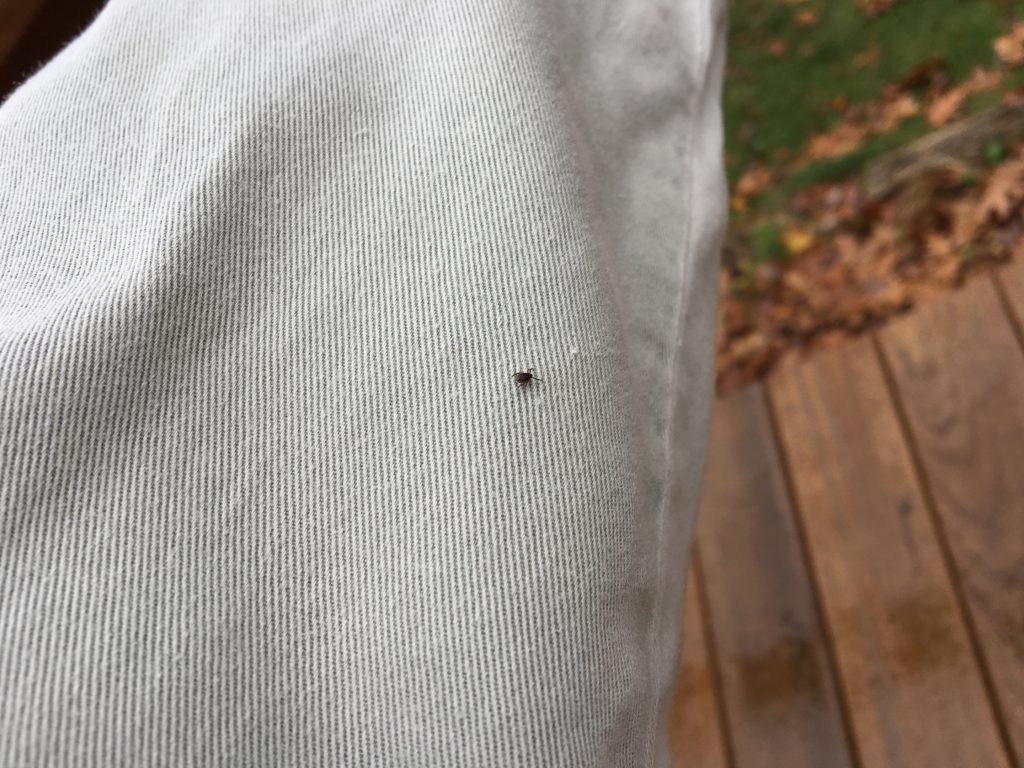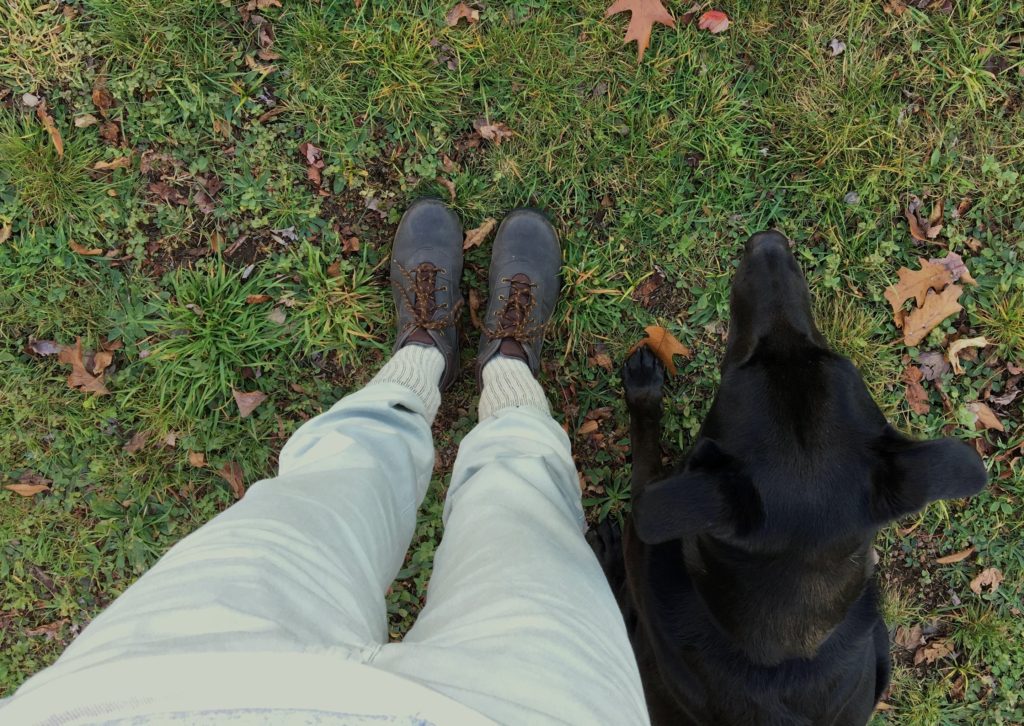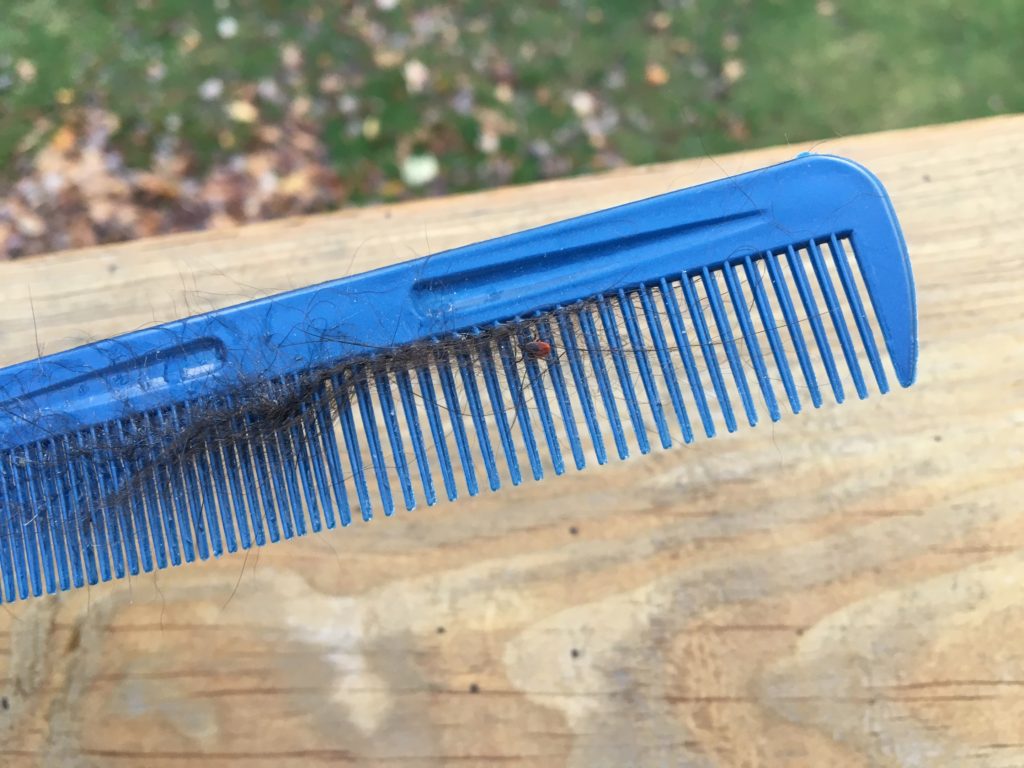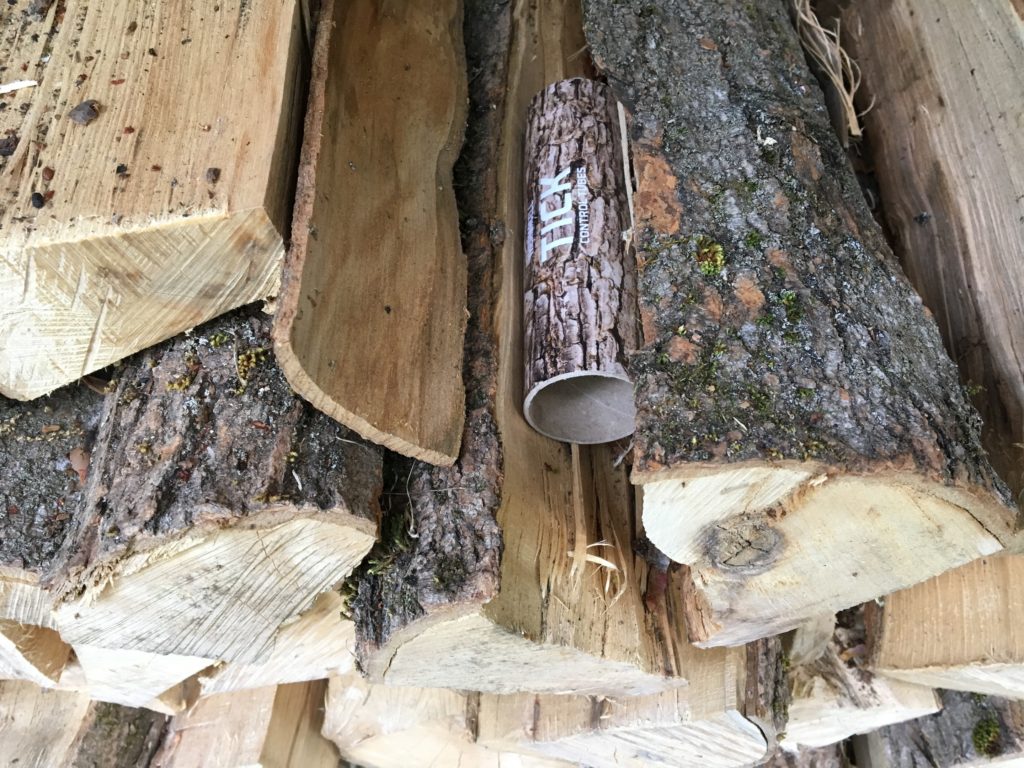A little warmer at 60F by noon and overcast with scattered rain showers. Always hike in light colored clothing, so you can easily spot ticks crawling up your leg, clinging to the fibers of your trousers like tiny, inexorable acrobats.
Tag Archives: Tick Prevention
Tick Update
There’s a saying that goes something like this: “you see what you want to see” and what I’m seeing lately are ticks. Loads of them. I see ticks on my dog from ten paces and now hike with a comb, and remove them before they have a chance to burrow in.
Some observations: I thought that the first tick I pulled off my dog’s hair was a piece of lint, but after looking at it, I issued a shriek and wiped the bug onto the dog bed. The thing then burrowed into the dog bed and, in hindsight, I should have waited to see how long it would take it to realize the bed was not a body. Alas, I just wanted it gone.
I combed a tick off the dog today and the tick is still on the comb, wondering what happened, ten minutes later.
Here are my latest observations:
1. Ticks are easy to spot if you study them for a while. You’re looking for something no bigger than lint, but the big difference between ticks and lint is that ticks are shiny and hard. Moreover, they are always moving, so they might be the size of, or smaller than, lint, but they writhe, and as they do so, they catch the light like little, tiny pieces of polished onyx. They stand out against even black fur, but perhaps that’s because I’m obsessed with them.
2. Ticks are like velcro: very hard to flick off. Don’t flick them. You risk flicking them on yourself, or having them cling to your finger and climb up your arm without you noticing. Use a comb to drag them off. Or firmly grab them and wipe them off onto a tree. Trying to coax them onto a stick will not work.
3. Hike in light colored clothing and be vigilant about checking.
4. Always wear a hat, because once ticks get in your hair, they’re almost impossible to spot until they’re burrowed in and blowing up. Avoid having twigs brush against your neck and shoulders. If you do, be wearing a hoodie or something.
5. To check dark clothing, hold the clothing perpendicular to a light source and watch to see if the lint moves and catches the light.
5. Ticks are killed after ten minutes in the dryer on high. I’ve always used drying racks, but if it’s a choice between Lyme Disease and using more energy, I’m using the dryer. After hiking, disrobe outdoors. Throw your hiking clothes in the dryer, including – especially – the undies. Ticks love the groin “area”. Don’t EVER just air-dry your undies after laundering if you’re an avid outdoorsperson. (Why isn’t outdoorsperson a word?) Ticks can survive any washing machine.
6. Ticks loathe essential oils. Use the oil to kill ticks or repel them. A few drops of lavender oil will kill a tick. Here’s my recipe for the repellent.
Here are links to all my other posts about ticks. Tick tubes, essential oils, and more tick tubes. Get to know these little bugs before they get to know you.
Tick Tube Update
Readers have asked for an update on my experience with tick tubes, so here it is. In June, I wrote a post about how we installed “tick tubes” around our house, in the woodshed, and flower beds. Pictured above, the tubes are filled with permethrin-laced cotton wool, which mice and chipmunks take and use to make their nests. White footed mice and other small rodents living on the edge of forests are believed to be the main vector for ticks, according to most sources. The permethrin on the cotton wool kills the ticks on the rodents.
Summer is coming to a close, and we have not seen a tick anywhere, on us or the dog, since we put out the tubes. Less than half of our land is forest, but we do live on the edge of it, making our house a hotbed for tick action. Continue reading
Tick Tubes
Widely available from Amazon and other places, these tick tubes (pictured above) are stuffed with cotton wool that is laced with the insecticide Permethrin. Hide them around the yard at no less than 10 yard intervals and the cotton inside the tube will be stolen by mice who will use it to build their nests. It’s been reported widely that white-footed mice are the main vectors for Lyme Disease and these mice typically live very close to, or in, the home in addition to on the edge of forests. Put as many as these tubes out around your home as you can, once in Spring and once in the Summer. The permethrin will kill the ticks but not the mice. They appear to work, but it’s not clear from our experiment whether they are being taken by chipmunks or mice.
Over the winter, it was crystal clear that either mice or chipmunks were sleeping or nesting in our wood piles. Each log was covered in mouse (or chipmunk) droppings.
You can also make your own tick tubes, by saving the toilet or paper towel tube and stuffing it with your own permethrin-laced cotton balls. However, permethrin is notoriously toxic, so I haven’t been brave enough to try that yet. If you are getting bitten while gardening, you can spray your gardening boots with Permethrin as small nymph ticks are rampant this year and they are so small they can hitch a ride on your shoes into your house.



